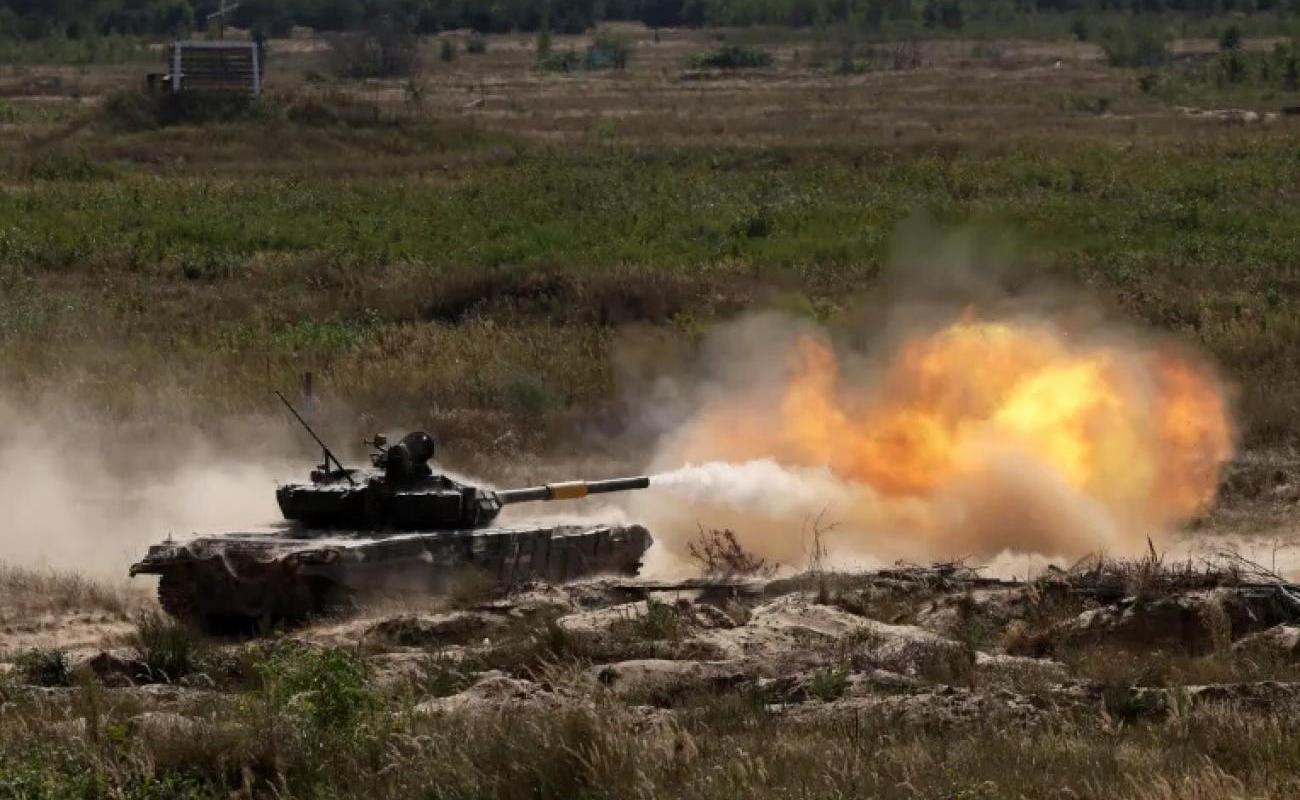Who dominates the static war: Russia has quantity, Ukraine has quality

Russia produces three times more ammunition compared to NATO countries and twice more war material - tanks, transporters, rockets compared to the West, says military analyst Nedžad Ahatović.
What stage the war in Ukraine is in is a question that many military experts and political commentators would like to get a clear answer to. However, this kind of clarification of the situation is simply impossible, because almost two years after the outbreak of the war, it becomes clear that Ukraine and Russia are in an extremely difficult situation.
What appears today as a key factor in the war is the ability to dispose of logistics, so it should not be surprising why infrastructure facilities are the target of attacks, especially from the Russian side, which in mass missile attacks targets road communications, civilian facilities, warehouses and factories of weapons and ammunition and spaces for energy storage.
The functionality of the infrastructure with which weapons and ammunition will be delivered to the front lines becomes a key factor in gaining a tactical-military advantage, according to military analyst Nedžad Ahatović.
"The key problem is the production of ammunition and artillery ammunition and who will have more logistics, that is, who will be able to deliver more artillery ammunition. In this type of war, static, Stellungskreig, where you have fortifications along the entire front line, the key thing will be the delivery of more logistics and war material of every kind to the front in order to carry out a tactical-operational, and then strategic, breakthrough on a certain part of that front." , says.
Military equipment
What is now becoming visible, as one of the biggest problems for Ukraine and its defense-liberation war, is the fact that they lag behind in military equipment compared to Russia, which has strained its military-industrial capacities and now produces more weapons, especially ammunition.
"The Russian Federation currently has an advantage in the production of ammunition three times compared to NATO countries and twice when it comes to war material - tanks, transporters, rockets compared to the West. What they were denied from the west, such as electronic equipment, ie. chips, they get it through China, North Korea and Iran and make up for their logistical deficit. They are increasing war production that the west can't keep up with not because they don't have the money, because according to the head of British diplomacy David Cameron, the financial power ratio of the west in relation to the BRICS countries is 25 to 1. Although they have financial resources, they do not have developed large-scale production of ammunition and logistical supplies that they shut down after the Cold War because they didn't need it," explains Ahatović.
Russia's consumption of ammunition in the war it is waging against Ukraine is enormous, and statistical data show that Russia spends its military-material resources much more fiercely than Ukraine.
"In the West, they are working rapidly to reach at least that part of the production that the Russians can make. The Russians can make 3.5 million shells of 152 mm caliber per year, and they have so far spent about 6-7 million shells of that caliber, which is their basic artillery caliber, in Ukraine. They used up two years of production in Ukraine and that's why they are increasing production, and they also get ammunition from North Korea and Iran. Their daily artillery strain on the entire front is between 35 and 40 thousand firings, while Ukraine can barely reach 10 thousand missiles they can fire per day. "Ukraine does not have enough ammunition to cover all its operational movements on the front with fire support," he says.
The Russians lack fighting morale
What is Russia's big disadvantage is the lack of quality, although they have a significant advantage in quantity. A special problem is the lack of combat morale, which generates other deficiencies on the front.
"The Russians have quantity, they have enough tanks, enough transporters, ammunition, aviation, but they don't have quality. Therefore, they lack military quality. Military power is calculated by the equation of quality times quantity. Here, the quality of the Russian officers and the command structure and morale they have is very low, and that's why they can't make a breakthrough, except in a tactical sense, but they can't make a breakthrough of 300 kilometers. I can only dream about the destruction of the Ukrainian army," explains Ahatović.
The increased Russian rocket fire on Ukrainian infrastructural and civilian objects has its reasons, says Ahatovic, adding that Russia is now using Soviet-made cruise missiles.
"The Russian Federation still has an old stockpile of Soviet cruise missiles that it can use from undefended airspace. Ukraine got very sophisticated anti-aircraft systems and they control a lot of space, while the Russians are not allowed to enter heavily defended space and shoot from a distance. Those missiles are old and not accurate, but they target large targets, infrastructure, industrial centers, factories and ammunition storage, airports, some large targets that can be hit with old missiles," he says.
Ukraine has a different methodology, because it has significantly more modern missile weapons, and their targets are also more carefully chosen.
"On the other hand, the Ukrainians use very sophisticated Western-made rockets that shoot almost 5x5 centimeters. These are GPS-guided missiles that hit the window frame of the building from about 300 kilometers away. They target Russian military infrastructure targets, first of all, because it is important for them to reduce the supply of Russian ammunition to the front. Their priority is to hit Russian logistics," concludes Ahatović.
